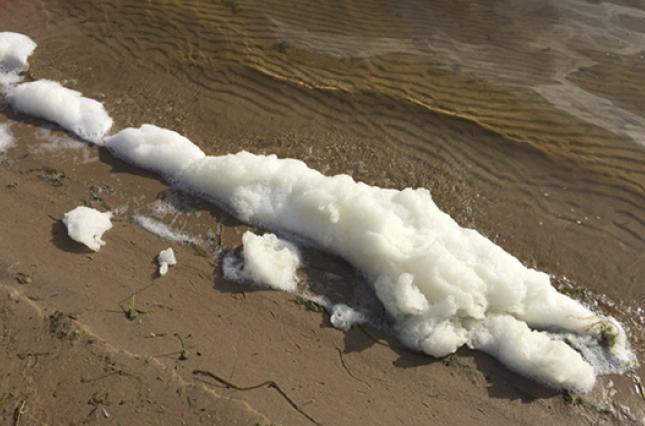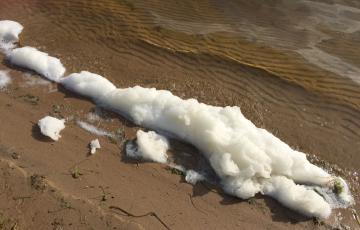

- PFAS Chemicals: Protecting Our Drinking Water and Our Health
- Shopper's Guide To Avoiding PFAS
- PFAS Glossary
- Elevated PFAS in Your Water: Steps You Can Take to Protect Yourself
- PFAS: The Forever Chemicals - Infographic
- 10 Ways You Can Take Action On PFAS
- EPA: PFAS Analytic Tools
- Clean Water Comments on EPA Proposed Drinking Water Regulations for PFAS Chemicals, May 2023
event
Documentary Screening: Water is Treasure – Fighting PFAS Contamination! Fight for Life.
January 13, 2025 | White Bear Lake, MN
Join Clean Water Action for an exclusive FREE showing of a special TV program created by a Japanese director. Water is Treasure – Fighting PFAS Contamination! Fight for Life explores the health injustices in Japan related to PFAS and the role the US military and US Department of Defense played in the contamination as well as stories from America itself.
blog
"No one warns you when you become a parent how much you worry" — Breastfeeding Decisions In An Age Of Toxic Chemicals
February 26, 2024 | By Avonna Starck
"What if my kids get sick and what if it’s because I breastfed them or took in too many chemicals while pregnant? What if I could have done more?"
blog
Get Ready for 401Gives 2023!
March 24, 2023 | By Kerry Doyle
Clean Water Fund is participating in 401Gives, RI’s day of nonprofit giving powered by United Way of Rhode Island!
blog
"Through no fault of my own, I was exposed to these toxic chemicals. And as a result, I will die with this cancer."
January 27, 2023 | By Amara Strande
"We must come together to demand change and hold those responsible accountable for their actions. I urge all of you to take a stand against these toxic chemicals and demand change. Together we can make a difference and protect ourselves and future generations from the devastating effects of PFAS."
blog
"Nobody deserves to go through what I did. We all deserve clean water and good health."
January 26, 2023 | By Benjamin Rule
"It is unacceptable to allow these forever chemicals to destroy not only our city, but our environment and our planet as well. If PFAS chemicals are even remotely to blame for my illness then I fear for the other people, families, and children living in the areas where they are at risk of exposure."
blog
EPA Directs States to Use Water Pollution Permits to Control PFAS
December 7, 2022 | By Jennifer Peters
The Clean Water Act has many tools that can—and should—be used to keep these toxic fluorinated “forever chemicals” out of our water. EPA’s memo makes it clear that states can use their existing water program authorities to address PFAS in wastewater discharges immediately.




